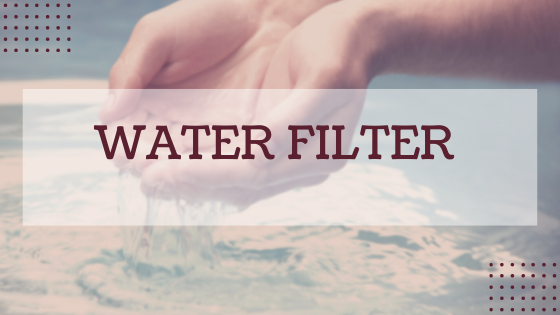More and more news articles are popping up lately about all the contaminants found in ordinary drinking water, and after hearing about estrogen and other chemicals getting through, something like a reverse osmosis water filtration system is only sounding better and better. But how are reverse osmosis water filtration systems distinguished from other forms of water filtration? How much do they cost, and how do you use them?
While they sound complicated and intimidating, they’re actually quite easy to use, and if you take the time to read just a little bit more, you’ll learn enough to feel comfortable with them. Once you know your way around a reverse osmosis water filter system you may even start to ask yourself how on earth you ever got by without one.
The only major difference between the various reputable models of reverse osmosis filters is in the quality of the filters and membranes used for purity of water output. In terms of the basic stuff like the overall structural blueprints and the method of filtering water, one reverse osmosis water purification system is just about as good as the next. There are areas like the Gascoyne region that has RO Water Filters in their regional water system installed, so the quality of tap water is actually pretty good.
Reverse osmosis is simply the process of the contaminated tap water being forced through a membrane or screen that is selective enough to only allow water through. Thus, it catches all the unwanted chemicals you wouldn’t want to drink, thereby improving the color (or lack thereof, technically), odor, and taste of water along with the obvious health benefits involved. The filter is then flushed of all the contaminants, either manually or automatically depending on the model of reverse osmosis water system you have.

Using reverse osmosis water filtration is easier than you might think. All you have to do is hook the product up to your faucet properly, and then turn the water on. That’s it! The flow of water may be slowed slightly by the filtering process, but in return you get high-quality, clean water just as good as the water sold in sealed bottles, if not better.
While temperature and water pressure can alter the filtering process somewhat, the major consideration for getting good water is simply buying a brand with good filters. This, more than anything else, determines the quality of the water. Don’t cheat yourself and buy something that has a filter that looks like a screen door! Then you’ll waste money on getting water that is barely filtered at all.
The best systems are fine enough to collect every last possible contaminant from water. And since water filtration systems rarely break down over time when treated properly, it’s a one-time investment that will bring up your quality of life indefinitely. Even if you don’t care about your own water quality, you might think about how unwanted chemicals can affect the growth of infants and even teenagers in your household. Water filtration devices aren’t that expensive these days, so give it some serious thought before assuming you should just get by without one.
